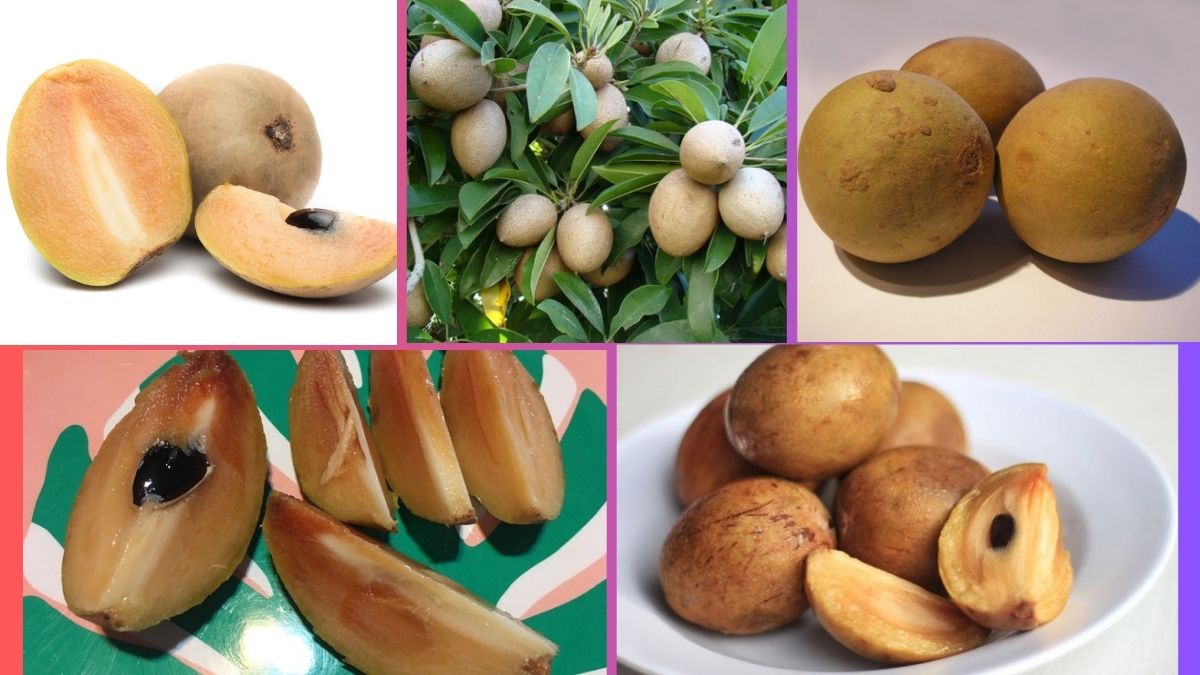Among the wide variety of tropical fruits, sapodilla holds a special place for its unique, honeyed flavor, smooth grainy texture, and numerous health benefits. Known by various names such as chikoo in India, naseberry in the Caribbean, and zapote in Latin America, this delightful fruit is adored for its natural sweetness and versatility in culinary uses.
As global demand for exotic and tropical fruits grows steadily, sapodilla has earned recognition beyond its traditional markets. But have you ever wondered which country leads the world in sapodilla production? In this comprehensive article, we’ll explore the world of sapodilla cultivation, its origins, uses, nutritional value, and most importantly — the country that stands as the largest sapodilla producer globally.
What Is Sapodilla?
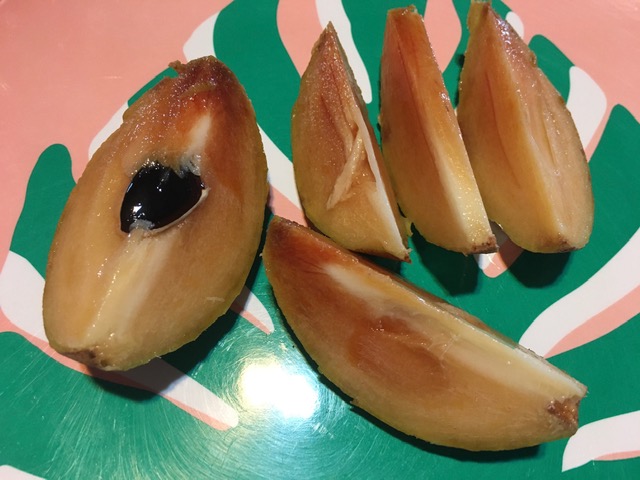
Sapodilla (Manilkara zapota) is a tropical evergreen tree belonging to the Sapotaceae family, native to southern Mexico, Central America, and parts of the Caribbean. The fruit is round or oval, with rough brown skin and a soft, grainy, caramel-like flesh containing 1–6 shiny black seeds.
Its subtle, honeyed taste and smooth texture make it a favorite dessert fruit in tropical countries. Besides its culinary value, sapodilla is prized for its medicinal benefits, natural latex (called chicle, once used in chewing gum), and ornamental value.
Global Sapodilla Industry Overview
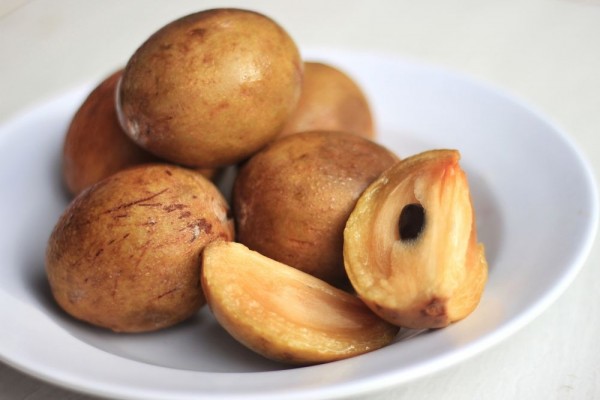
Sapodilla thrives in hot, humid climates with well-drained sandy loam soils. It prefers areas with annual rainfall between 1,500–2,500 mm and temperatures ranging from 24°C–32°C. Though native to Central America, sapodilla has spread widely across South Asia, Southeast Asia, the Caribbean, and parts of Africa.
Today, sapodilla is grown in over 30 countries, with its primary markets located in India, Mexico, Thailand, the Philippines, and Vietnam. The fruit is consumed both fresh and processed into milkshakes, jams, ice creams, candies, and herbal remedies.
Annual global sapodilla production exceeds 1 million metric tons, much of it used domestically in the producing nations, though exports are gradually increasing.
Which Country Is the Largest Sapodilla Producer Globally?
India is by far the largest sapodilla producer globally, accounting for approximately 45–50% of the world’s sapodilla production. The country cultivates an estimated 400,000–500,000 metric tons of sapodilla every year, thanks to its vast tropical regions, deep-rooted cultural affinity for the fruit, and a favorable growing environment.
Why Is India the Top Sapodilla Producer?
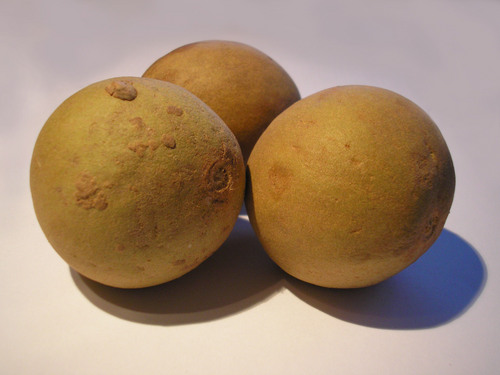
1. Favorable Climate and Rich Soil Diversity
Sapodilla thrives in India’s hot, tropical climate and well-drained sandy loam soils. It grows successfully in areas with moderate to high rainfall, although it tolerates dry conditions once established.
The primary sapodilla-producing states in India include:
- Maharashtra: Particularly in the Konkan region.
- Gujarat: Saurashtra and Kutch areas.
- Andhra Pradesh and Telangana: Extensive commercial orchards.
- Tamil Nadu and Karnataka: Both regions produce premium-quality sapodilla.
- West Bengal, Odisha, and Kerala: Important local production areas.
These states provide an extended growing season from October to March, ensuring year-round availability in different regions.
2. Widespread Domestic Consumption
In India, sapodilla or ‘chikoo’ is a beloved dessert fruit. Its naturally sweet pulp is eaten fresh, added to milkshakes, or used in desserts like chikoo ice cream, halwa, and puddings.
This widespread domestic demand ensures that almost all of India’s sapodilla production is consumed within the country, leaving little surplus for export. It remains a staple fruit in urban and rural markets, often sold by street vendors, farmers’ markets, and supermarkets.
3. Diverse Cultivars and High-Yield Varieties
India boasts a variety of indigenous and hybrid sapodilla cultivars, known for their unique flavors, textures, and harvesting seasons. Popular varieties include:
- Kalipatti: The most famous variety from Gujarat, known for its sweetness and long shelf life.
- Cricket Ball: Large-sized, round fruits with thick pulp.
- Dhola Diwani: A highly prized cultivar in Maharashtra.
- Pala: Grown extensively in South India.
The diversity of cultivars ensures a steady, staggered harvest throughout the year, catering to both urban and export markets.
4. Export Expansion Potential
Though sapodilla is largely consumed domestically, India has recently begun expanding its export markets to:
- United Arab Emirates
- Qatar
- Saudi Arabia
- Bahrain
- Malaysia
- Singapore
Efforts to improve post-harvest storage, cold-chain logistics, and packaging are enhancing India’s sapodilla export potential.
Top 5 Sapodilla-Producing Countries (Approximate 2022 Figures)
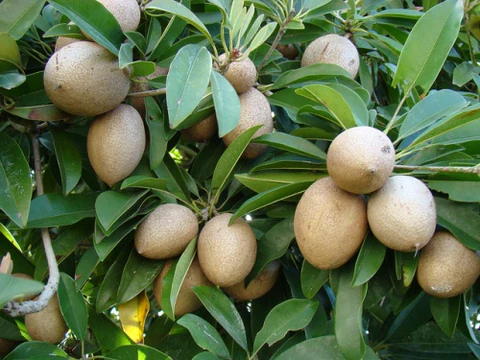
| Rank | Country | Production (Metric Tons) |
|---|---|---|
| 1 | India | 500,000 |
| 2 | Mexico | 200,000 |
| 3 | Thailand | 120,000 |
| 4 | Philippines | 80,000 |
| 5 | Vietnam | 70,000 |
India’s dominance is evident, with production far exceeding its nearest competitors.
Other Major Sapodilla-Producing Countries
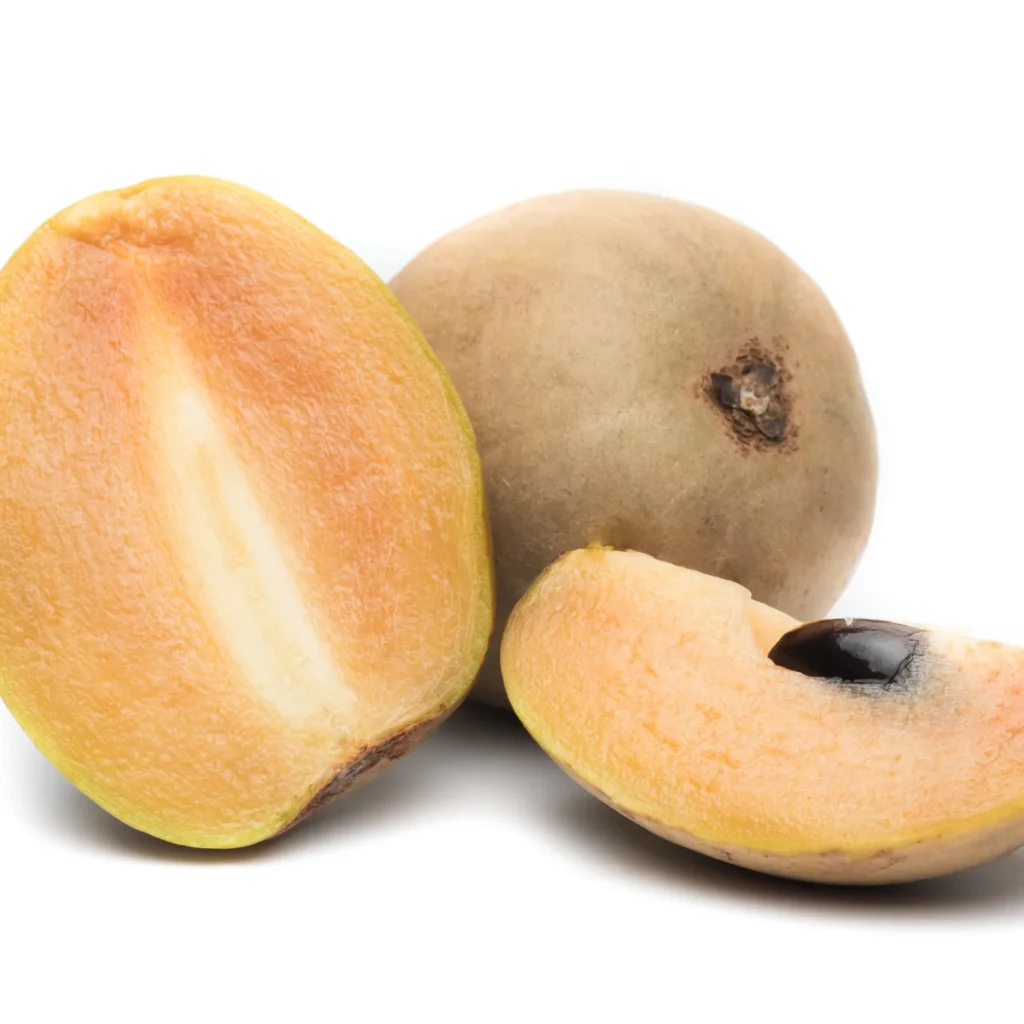
Mexico
As sapodilla’s native home, Mexico produces around 200,000 metric tons annually, primarily in Yucatan, Campeche, and Quintana Roo. Known locally as ‘zapote’, the fruit is a favorite in markets and is also processed into candies, preserves, and herbal tonics.
Thailand
Thailand, with approximately 120,000 metric tons, cultivates sapodilla mainly in Chanthaburi and Rayong provinces. Thai sapodilla is exported fresh and processed into desserts and snacks.
Philippines
The Philippines grows around 80,000 metric tons of sapodilla, locally called ‘chico’. The fruit is used fresh and in sweet preserves, juices, and traditional remedies.
Vietnam
Vietnam’s 70,000 metric tons of sapodilla production primarily serves local markets. It is enjoyed fresh and as part of tropical fruit platters, smoothies, and desserts.
Culinary and Medicinal Uses of Sapodilla
Sapodilla is loved for its smooth, honey-flavored pulp and diverse culinary applications:
- Fresh consumption: Peeled and eaten raw or chilled.
- Milkshakes and Smoothies: Blended into thick, sweet beverages.
- Ice Cream and Desserts: Used in custards, halwa, and ice cream.
- Jams and Chutneys: Made into preserves with a rich, earthy sweetness.
- Traditional Medicine: Sapodilla is believed to ease cough, inflammation, and diarrhea in Ayurvedic and folk medicine.
The tree’s latex or ‘chicle’ was historically used in the production of chewing gum.
Nutritional Value and Health Benefits
Sapodilla is highly nutritious, offering:
- Vitamin C: Boosts immunity and skin health.
- Dietary Fiber: Aids digestion and promotes gut health.
- Potassium and Iron: Supports heart health and blood circulation.
- Antioxidants: Protect against oxidative stress and inflammation.
Its high-calorie content also makes it a good natural energy source.
Challenges in Sapodilla Production
Despite its popularity, sapodilla production faces several hurdles:
- Perishable Nature: Ripe fruits spoil quickly without proper refrigeration.
- Pest and Disease Threats: Susceptible to fruit borers, scales, and anthracnose.
- Post-Harvest Losses: Poor handling practices reduce marketable yield.
- Export Limitations: Short shelf life and strict import regulations in some countries.
India addresses these challenges through research on longer-lasting hybrids, integrated pest management, and improved storage infrastructure.
Conclusion
When asked “Which country is the largest sapodilla producer globally?”, the clear answer is India. With its ideal tropical climate, extensive cultivation areas, rich varietal diversity, and strong domestic demand, India leads the global sapodilla industry by a significant margin.
While countries like Mexico, Thailand, the Philippines, and Vietnam are important contributors, India’s cultural connection to the fruit, coupled with its expanding export initiatives, secures its position at the top.
As global interest in tropical and healthful fruits continues to rise, sapodilla’s global profile will undoubtedly grow — with India at the heart of this sweet, tropical success story.
